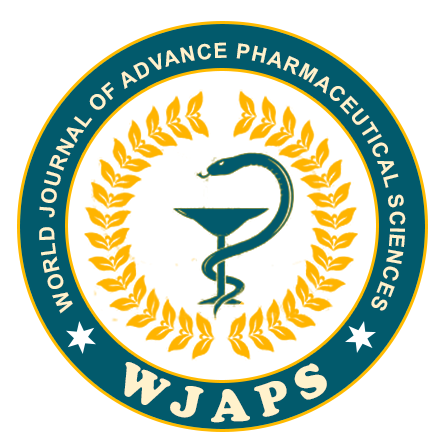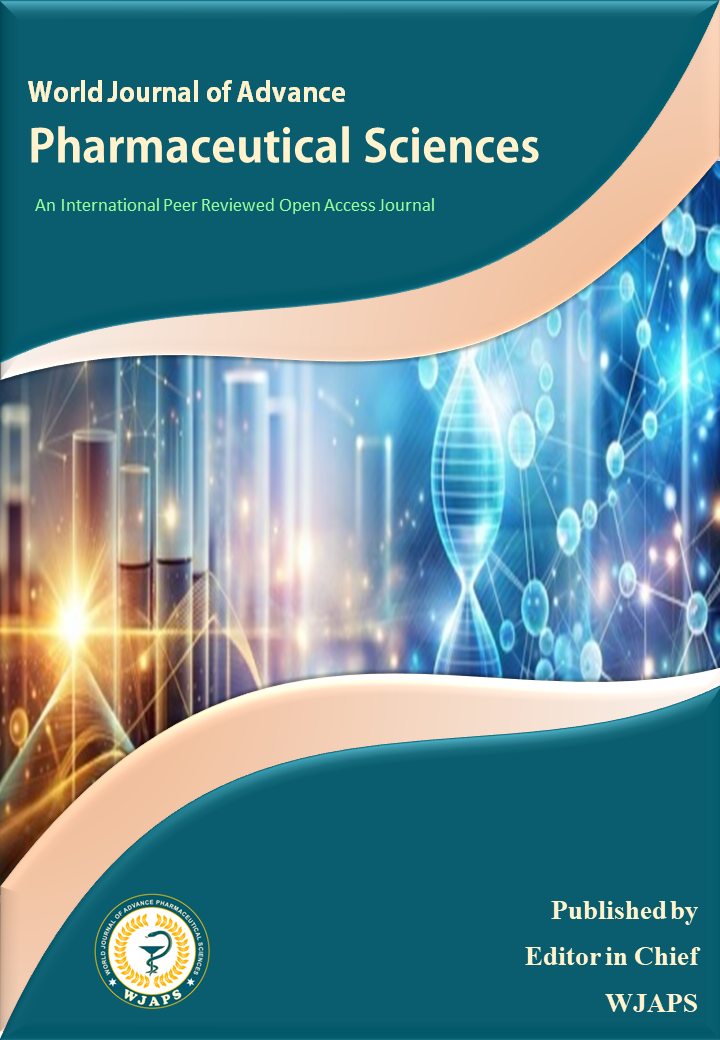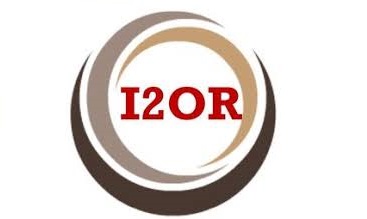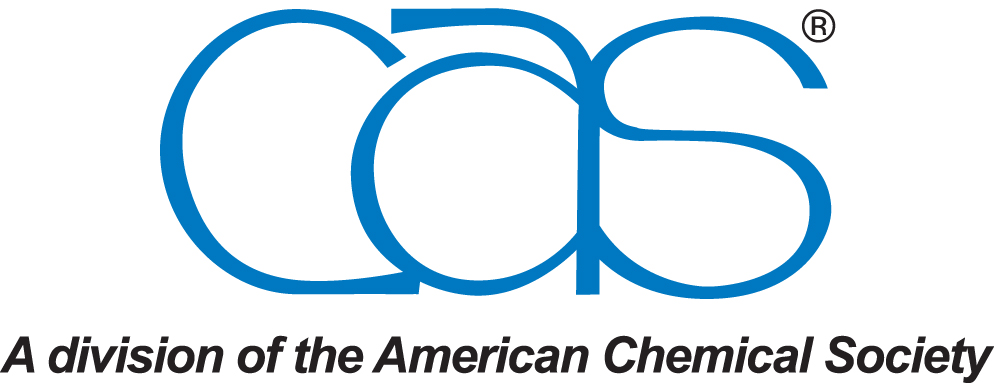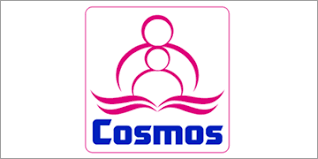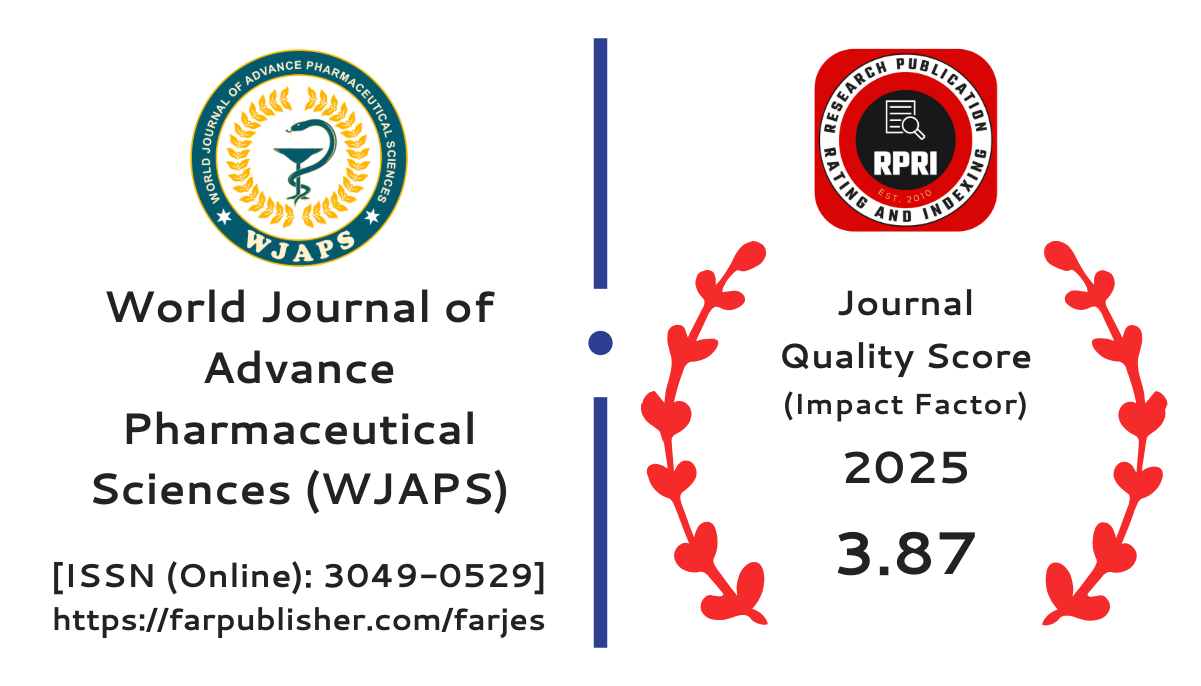METHODS FOR OBTAINING OZONE-RESISTANT RUBBER BASED ON POLYVINYL CHLORIDE BUTADIENE STYRENE RUBBER
*Dr. Fidan Qasimova and Dr. Milena Hadjimuradova
Rubber technical products are one of the main products with the widest range of uses today. In order to expand the scope of RTM use, it is necessary to increase its varieties. The most demanded rubber products are rubber products with high mechanical strength in contact with ozone. In this work, several polymer mixtures were used to obtain ozone-resistant rubber products. For this purpose, ethylene propylene terpolymer, polyvinyl chloride and butadiene-nitrile rubber were used. First, a binary system was created based on these polymers, their flow index was determined, and most importantly, their ratios to each other were determined. In order to prepare a composition based on these three polymers, an optimal recipe was selected using the mathematical modeling method, and a rubber mixture was prepared in laboratory cylinders based on this recipe. The mixing mode and the sequence of adding components were determined, and it was confirmed that the mixing process should be carried out at a temperature of 90 ° C and for 12 minutes. The vulcanization mode and time were also determined, and it was possible to obtain ozone-resistant rubber that could meet all operating conditions with a vulcanization temperature of 155 ° C and a period of 21 minutes. The main properties of the vulcanization are the strength limit in dispersion of 19. MPa (Standard 17.6), 71.1k/Hm (Standard 64.3) in ozone dispersion. Since the results were obtained using only the most modern analysis methods, it is possible to produce new rubber technical products based on the results obtained in this work in the production of ozoneresistant rubber products.
[get full article]